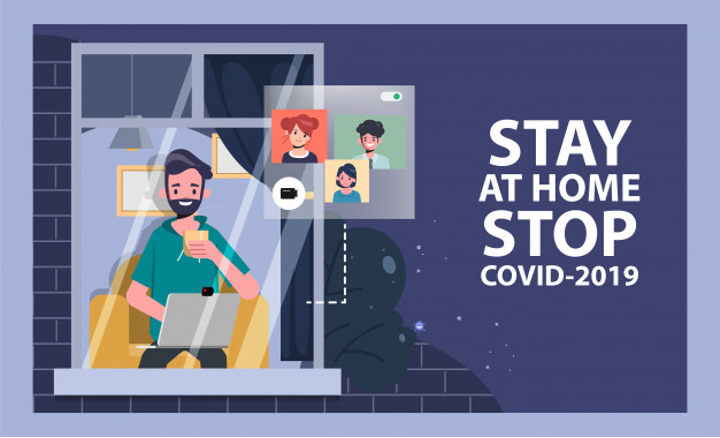The Impact of Sudden Lifting of Physical Distancing Intervention
Author: May Thongthum

On March 25th, a research team from the London School of Hygiene & Tropical Medicine published a key article on the effects of control strategies to reduce social mixing using the modeling study of outcomes form the COVID-19 epidemic in Wuhan, China. For this study, they used synthetic location-specific contact patterns in Wuhan and then adapted these patterns to school and extended workplace closures in China. They stimulated the ongoing trajectory using an age-structured susceptible-exposed-infected-removed (SEIR) model for physical distancing measures.
Moreover, the research team predicted the trajectory of when control measures could be lifted, by allowing people to return to work, and analyzed the effects of returning to work at different stages of the outbreak. The authors concluded that such non-pharmaceutical interventions of physical distancing can reduce the magnitude of the epidemic peak of COVID-19 and consequently lead to a reduced number of overall cases. The premature and sudden lifting of interventions could lead to an earlier secondary peak; thus, it is important to relax the interventions gradually.
One finding reveals that SARS-CoV-2 that was grown in the plasma from a recovered patient (containing SARA-CoV-2 antibodies) developed mutations in one important section of the protein (the N-terminal domain) that allowed the newly formed variant to become completely resistant to the immunity induced by the vaccines. The mutations occur in a specific region of the virus that could be recognized by a sequence targeted immune response (presumably antibodies produced by B cells).
However, the human body also has T cell immunity that recognizes a full length of the spike protein, which is more difficult to not be recognized, in contrast to B cells that recognize a specific region of the virus. Although the degree to which T cells contribute to protection against SARS-CoV-2 remains unclear, the nature of the T cell response may suggest a limited effect of viral mutations on cellular immunity (Williams &Burgers, 2021). The article by Williams and Burgers presents an insightful discussion about SARS-CoV-2 evolution and vaccines. We highly recommend reading the article to learn more about this pressing issue.